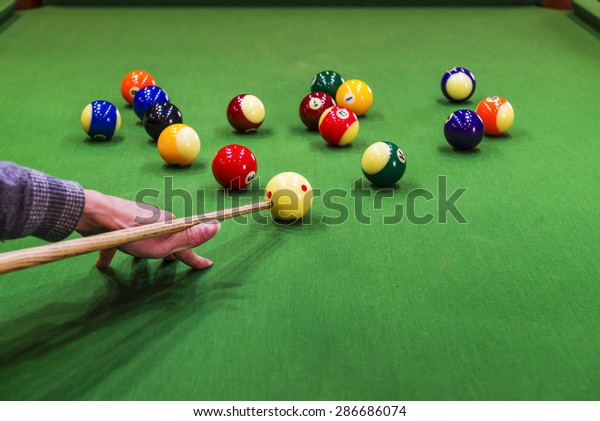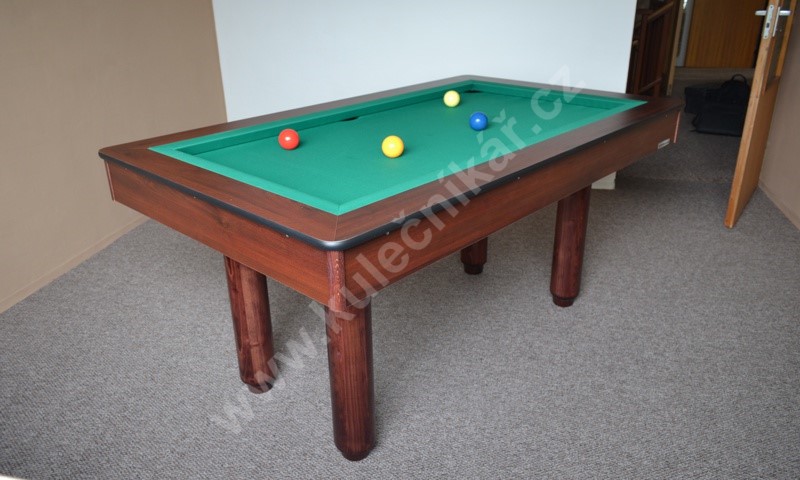

In some sets of balls, however, the second cue ball is solid yellow. The three standard balls in most carom billiards games consist of a completely white cue ball, a second cue ball with typically a red or black dot on it (to aid in differentiation between the two cue balls), and a third, red ball. While UMB, the International Olympic Committee-recognized world carom billiards authority, permits balls as small as 61.0 mm (approximately 2 3⁄ 8), no major manufacturer produces such balls any longer, and the "de facto" standard is 61.5 mm. Note: The cited document has a "cm" for "mm" typographical error.] and are significantly larger and heavier than their pocket billiards counterparts.
Carom billiards pdf#
Modern billiard balls are made from phenolic resin or other highly resilient plastics, are normally 61.5 mm (2 7⁄ 16 in) in diameter, weigh between 205 and 220 grams (7.23 – 7.75 ounces 7.5 is average), (English language version), Chapter II ("Equipment"), Article 12 ("Balls, Chalk"), Section 2 Union Mondiale de Billard, Sint-Martens-Latem, Belgium, 1 January 1989 (official online PDF scan, accessed 5 March 2007).

However, the color also serves a useful function, as humans have a higher light sensitivity to green than to any other color, allowing play for longer periods of time without eye strain. The green color of cloth was originally chosen to emulate the look of grass, and has been so colored since the 16th century. Most cloth made for carom billiards tables is a type of baize that is dyed green, and is made from 100% worsted wool, which provides a very fast surface allowing the balls to travel with little resistance across the table Cuegloss|Bed|bed. In fact, the predecessor company of the most famous maker of billiard cloth, Iwan Simonis, was formed in 1453. (ed.)]Ĭloth has been used to cover billiards tables since the 15th century. As the word is in identical in form with prec, suggestions as to their identity have been made, but without any evidence.|edition=Second Edition on CD-ROM, Version 3.1|publisher= Oxford University Press|location= Oxford|origyear=1997|year=2007|isbn=978-0-19-522217-3|pages="carambole, "n.", etymology|accessdate=|author=Benbow, T. Cite book|title=Oxford English Dictionary|quote=Derivation unknown. But this may simply be folk etymology, as the fruit bears no resemblance to a billiard ball, and there is no direct evidence for such a derivation.

Retrieved 30 December 2006.] also known as star fruit. Some etymologists have suggested that "carambola", in turn, was derived from a yellow-to-orange, tropical Asian fruit also known in Portuguese as a " carambola" (which was a corruption of the original name of the fruit, "karambal" in the Marathi language of India). The word "carom", which simply means any strike and rebound, came into use in the 1860s and is a shortening of Spanish (and Portuguese) "carambola" and French "carambole", which was earlier used to describe the red object ball. There are many other carom billiards games, predominantly intermediary or offshoot games combining elements of those already listed, such as the "champion's game", an intermediary game between straight rail and balkline, as well as games which are hybrids of carom billiards and pocket billiards, such as " English billiards" played on a snooker table and its descendant games, "American four-ball billiards", and " cowboy pool". Some of the more prevalent today and historically are (chronologically by apparent date of invention): " straight rail", " cushion caroms", " balkline", "three-cushion billiards" and " artistic billiards". There are a large array of carom billiards disciplines.

The invention as well as the exact date of origin of carom billiards is somewhat obscure but is thought to be traceable to 18th century France. At its simplest form, the object of most carom games is to score Cuegloss|Point|points or "counts" by " Cuegloss|Carom|caroming" one's own Cuegloss|Cue ball|cue ball off both the opponent's cue ball and the Cuegloss|Object ball|object ball(s) on a single shot. Carom billiards, sometimes called carambole billiards or simply carambole and, in some cases, used as a synonym for the game of straight rail from which many carom games derive, is the overarching title of a family of billiards games generally played on cloth-covered, 5 by 10 foot (approximately 1.5 × 3 m) pocketless tables, which often feature heated slate beds.


 0 kommentar(er)
0 kommentar(er)
